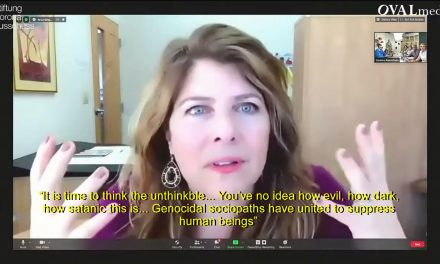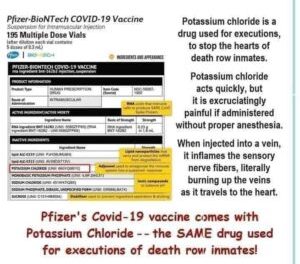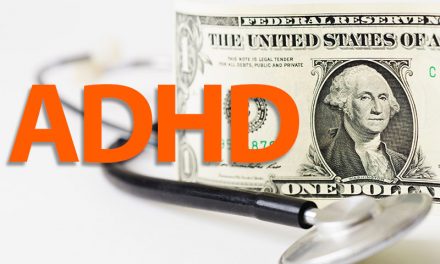Just Out: Environmental Working Group’s Dirty Dozen and Clean Fifteen Produce List for 2014
by Barbara Minton
See all TBYIL articles by Barbara Minton
(The Best Years in Life) Do you think you have the right to know how many pesticides and chemicals are in the fruits and vegetables you eat? So does the Environmental Working Group (EWG), a non-profit organization devoted to human and environmental health.
Each year EWG publishes a listing of the produce with the highest levels of pesticides, the ones that should be avoided unless they are available from known local growers, grown at home, or labeled as organic. They also identify which conventionally grown produce has low levels of pesticide and can be bought without worry. The new lists for 2014 have just come out, and there are plenty of surprises.
EWG is doing what the Environmental Protection Agency has failed to do
The Food Quality Protection Act of 1996 required the Environmental Protection Agency (EPA) to monitor pesticides to ensure they did no harm to humans or the environment. That same year another law was passed mandating the EPA to inform people about possible hazards to health from consuming pesticides in food. Yet compliance with these mandates has been almost laughable. The EPA does not offer the information Congress required, and has not taught the public how to avoid pesticide exposures while eating a healthy diet. So for the past decade, EWG has stepped in to fill the void.
Some 65 percent of the thousands of produce samples analyzed by the USDA still test positive for pesticide residue at a time when people are begging for answers for their failing health. This number is especially troublesome for children who according to the American Academy of Pediatrics (AAP) possess “unique susceptibilities to potential toxicity” such as pesticide residues. Pesticide exposure in early life has been linked to pediatric cancer, decreased cognitive ability, and several major behavioral problems, and the AAP urges parents to consult “reliable resources that provide information on the relative pesticide content of various fruits and vegetables”.
Of particular interest to regulators in Europe are a group of pesticides known as neonicotinoids. These are the chemicals suspected of killing honeybees and other beneficial insects. They have also been linked to disruption in human brain development.
Diphenylamine (DPA) has already been banned from use on fruit in Europe. DPA is applied to conventionally grown apples and pears in the U.S. to prevent the fruit skin from discoloring during long periods in cold storage. In spite of public outcry, neither of these chemicals is being restricted in the U.S.
Highlights from Dirty Dozen 2014
Each year EWG tests thousands of conventionally grown fruit and vegetable samples to arrive at its rankings. This testing is highlighted in their Dirty Dozen and Clean 15 lists.
This year’s Dirty Dozen are apples, strawberries, grapes, celery, peaches, spinach, sweet bell peppers, imported nectarines, cucumbers, cherry tomatoes, imported snap peas, and potatoes. Each of these contains a number of different pesticide residues and revealed high concentrations of pesticides compared to other produce items.
Findings of particular interest included:
100% of imported nectarines and 99% of apples sampled tested positive for at least one pesticide residue.
The average sampled potato had more pesticides by weight than any other food.
Samples of grapes, celery, cherry tomatoes, strawberries and imported snap peas displayed between 13 and 15 different pesticides each.
Although kale, collard greens and hot peppers did not meet Dirty Dozen ranking criteria, they were frequently contaminated with insecticides that are toxic to the human nervous system. EWG recommends buying these only if they are labeled as organic.
What about the Clean Fifteen?
This list is a money saver at the grocery store! It contains the conventionally grown produce least likely to hold pesticide residues, making it safe to eat.
This year’s list contains avocados, sweet corn, pineapples, cabbage, frozen sweet peas, onions, asparagus, mangoes, papayas, kiwis, eggplant, grapefruit, cantaloupe, cauliflower and sweet potatoes. However genetically modified sweet corn has been in the food chain since 2012, and papayas from Hawaii are almost certain to be genetically modified unless they are labeled as organic. Eating genetically modified foods has been linked to a host of health problems.
Findings of particular interest included:
Only 1% of avocados sampled showed any detectable pesticides.
Some 89% of pineapples, 88% of mangos, 82% of kiwis, and 61% of cantaloupe sampled had no residues.
No single fruit sample from the Clean Fifteen tested positive for more than 4 types of pesticide residues.
Only 5.5% of Clean Fifteen sampled vegetables had two or more pesticides residues.
Understand grocery stores, processed foods and restaurants
Here are some tips to help you avoid the Dirty Dozen. Whether it is Whole Foods Markets or any of the other stores that sell “health food”, Trader Joe’s, Target, Walmart or any of the chains of conventional supermarkets, the procedure is the same. Unless the item has a tag affixed to it that clearly says it is organic, it is not. If the food is in a package, that package must state clearly state that it is organic and display the seal of the certifying entity, otherwise it is not.
Food served on salad bars and hot bars is not organic unless it is denoted as such. For example, items on the salad bar at Whole Foods are denoted by red tongs. Remember, the health craze is on and plenty of people are looking for organic items. If there are organic items in your store, the store will go out of its way to let you know about them.
When evaluating processed food, the rule is the same. If the package does not clearly state it is organic, the ingredients used have been conventionally grown.
Restaurant food is also conventionally grown unless the menu specifically states an item is organic.
If you want to avoid the Dirty Dozen, shop carefully at a health oriented grocery store, buy directly from a grower you trust, or grow your own. Read labels and get involved in your shopping experience.
Get EWG’s complete guide for pesticides in fruits and vegetables.
EWG has stepped in to protect you and your family when the EPA failed to do so. Reward this non-profit group with a small contribution.










